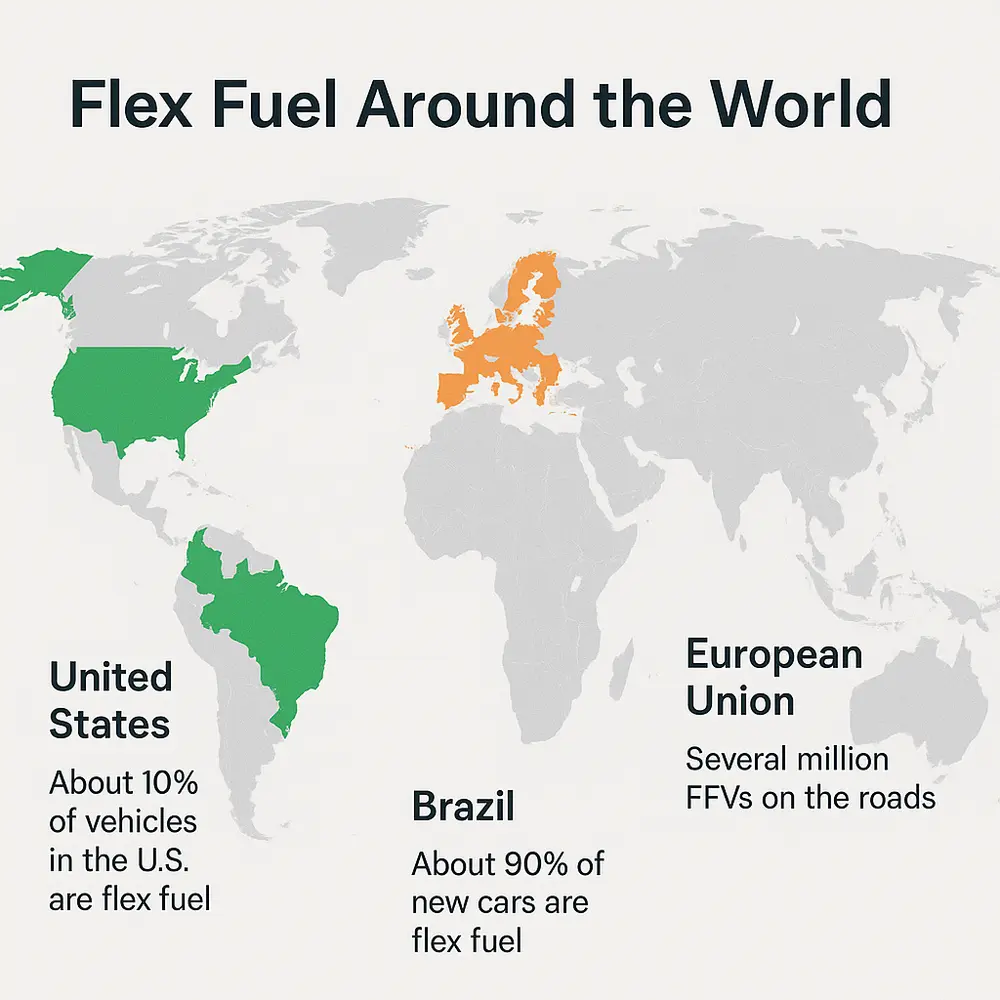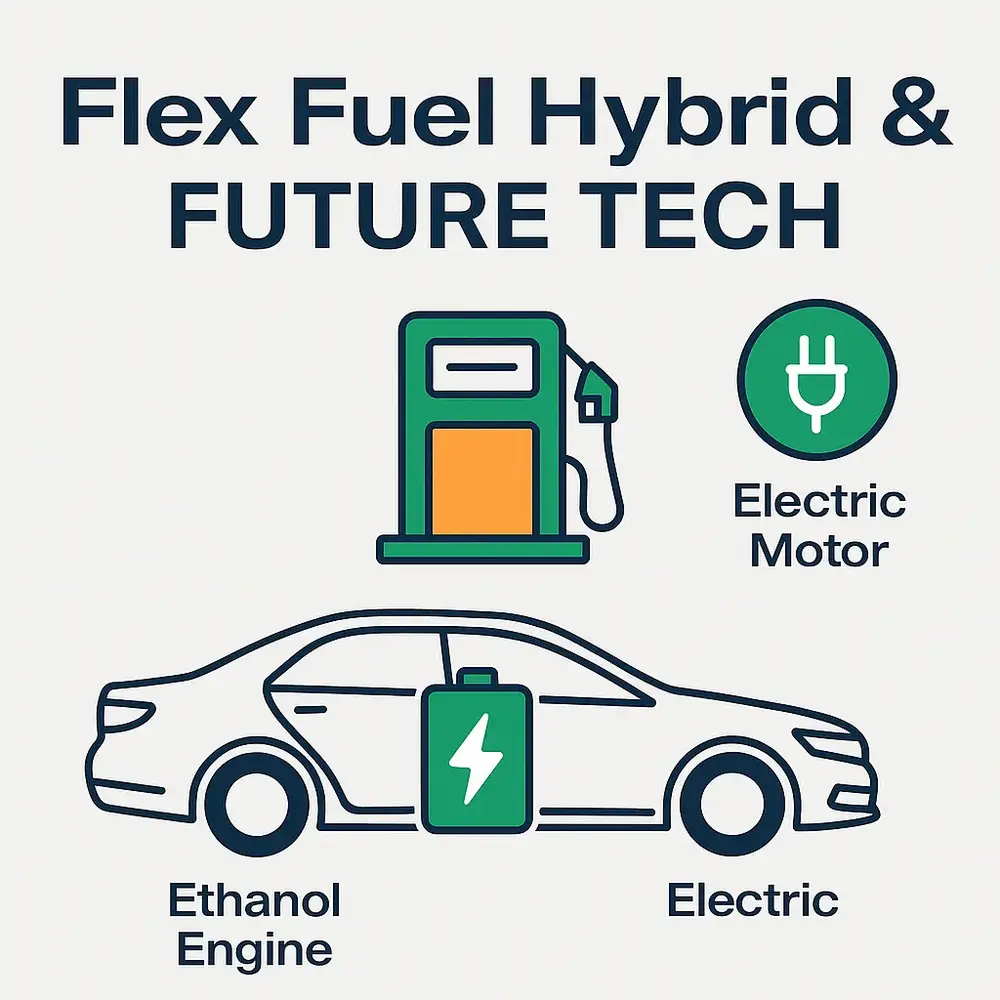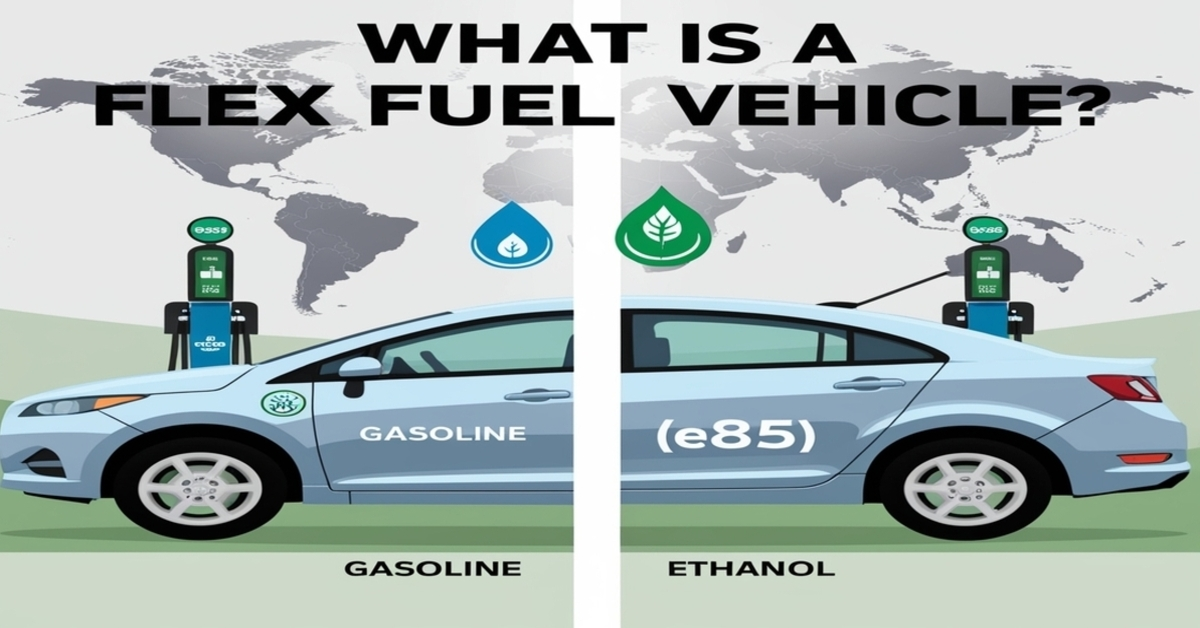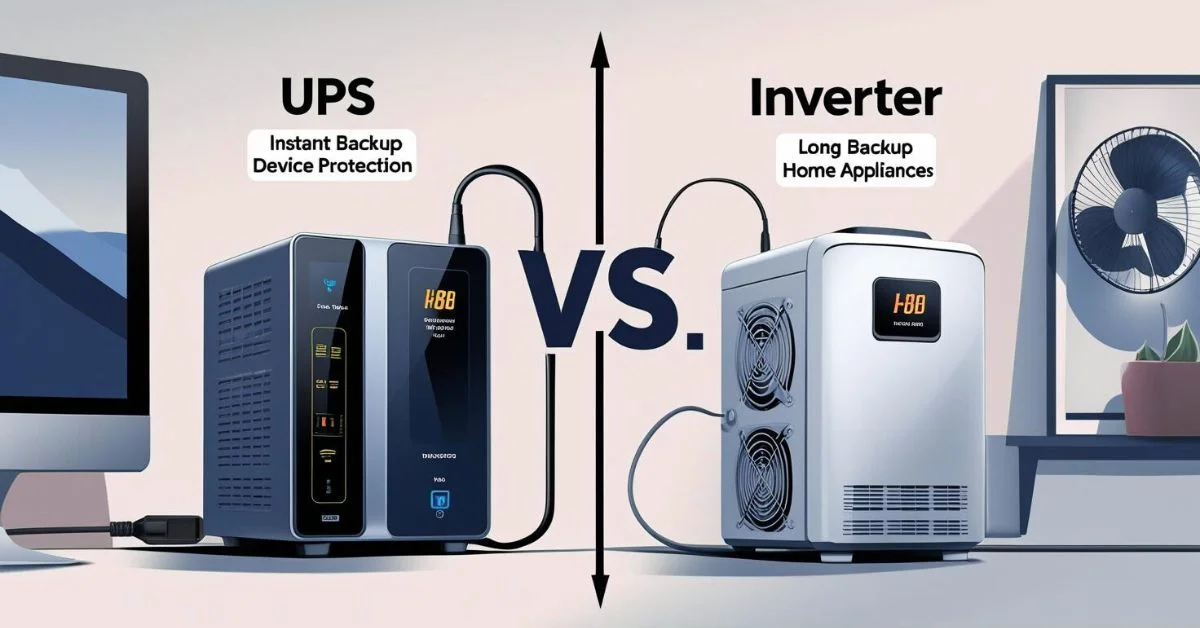A flex-fuel vehicle (FFV) refers to a car, SUV, or truck that’s built to operate using more than one type of fuel typically standard gasoline, ethanol, or a combination of the two. While a typical car runs only on gasoline, an FFV gives you the freedom to use different fuel blends whenever you fill up. You don’t need to decide ahead of time or switch tanks because the vehicle is built to blend them automatically.
How They Work?
FFVs have a few special parts that let them handle different fuel mixtures, up to about 85% ethanol (known as E85):
- Fuel system upgrades: The fuel pump, injectors, and lines are made from materials that resist corrosion from ethanol, which can degrade regular components over time.
- Ethanol sensor: There’s a sensor in the fuel line or tank that detects how much ethanol is in the mixture as you fill up .
- Engine Control Unit (ECU): The vehicle’s computer adjusts fuel injection, spark timing, and air fuel mixture based on that sensor. It reacts instantly to blends from pure gas (E0), gas with 10% ethanol (E10), all the way to E85.
- Material changes: Fuel lines and tanks are often stainless steel or ethanol resistant plastic. Fuel compatible oils may also be used to neutralize any acid formed by ethanol.
Why Use Ethanol Blends?
Ethanol, usually made from plants like corn or sugarcane, is mixed with gasoline for several reasons:
- Environmental perks: Burning plant based ethanol can reduce greenhouse gas emissions compared to pure gasoline.
- Energy independence: It reduces a country’s dependence on imported oil by promoting the use of domestically produced biofuels.
- Economic support: Buying ethanol supports farmers and adds value to crops like corn and sugarcane .
Benefits of Flex Fuel Vehicles
- More fueling options: You’re not locked into using gasoline if ethanol is cheaper or more available, you’re free to use it without any changes to your car.
- Potential for cleaner emissions: When running on ethanol blends, FFVs generally produce fewer harmful emissions than gasoline-only cars.
- High octane more performance: Ethanol has a higher octane rating (around 94–96), which can help engines run more smoothly and sometimes deliver extra power, especially under load.
- Automatic blending: No need to press buttons or change settings just fill up and let the car adjust itself.
Drawbacks of Flex Fuel Vehicles
- Lower fuel economy on ethanol: Since ethanol has a lower energy content per gallon compared to gasoline, vehicles typically experience a reduction in fuel efficiency often ranging from 15% to 30%.
- Inconsistent E85 blends: The ethanol concentration in E85 fuel can fluctuate with the seasons, typically ranging from 51% to 83% based on the time of year and climate conditions.
- Less awareness among drivers: Many FFV owners don’t realize their cars can take ethanol blends. In the U.S , 68% of owners weren’t aware in a 2005 survey.
- Limited fuel options: Not all gas stations offer E85 or high ethanol blends, depending on where you live .
Flex Fuel Around the World

1. United States
Over 21 million FFVs are on U.S. roads, mostly built to handle E85 . However, only a small portion regularly fills up with E85 due to inconsistent availability and consumer awareness .
2. Brazil
Brazil leads the world in FFV use. Since the year 2003, approximately 90% of newly manufactured vehicles in Brazil have been equipped with flex fuel technology.. Their vehicles can even run on 100% ethanol, thanks to a booming sugarcane fuel industry and amber levels of infrastructure .
3. Europe
Some countries like Sweden offer FFVs with petrol ethanol blends, and test programs with methanol blends have taken place in California.
Maintenance & Reliability
- Routine care is key: Maintain your fuel system use recommended oils, replace filters, and check ethanol sensors to keep things working right.
- Sensor wear: The extra sensors add a few points of potential failure, but with regular maintenance, they perform well .
- Cold weather starts: Ethanol blends can be harder to start in cold weather. Many FFVs add a small gasoline reservoir or electric heater to help.
Cost Considerations
- Cheaper E85 price: Ethanol blends may be cheaper per gallon even with reduced mileage many drivers still save money.
- Bonus credits for manufacturers: In the U.S , automakers got fuel economy credits simply for making FFVs some say this reduced focus on genuine efficiency improvements.
- Infrastructure builds: More fueling stations offering ethanol could increase convenience and savings over time.
Real World Use & Performance
Reddit Drivers Weigh In
Typical comments from flex-fuel users:
- A flex fuel car can use regular gasoline but is smart enough to know if it has e85 and adjust tuning for it.
Others mention performance shifts:
- E85 can be anything from 51% to 83% ethanol. The colder the temperature, the lower the percentage of ethanol.
- I use e85 in my Ford F-150 5.0. I get about 2 miles less per gallon on average. But at a difference of 85 cents a gallon it’s a good deal.
Performance Gains
Thanks to the higher octane, engines can produce more power, especially when tuned for E85. Some hobbyists add tuning kits or performance upgrades to exploit this .
Flex Fuel Hybrid & Future Tech

Some companies are exploring “flex hybrid” vehicles, combining ethanol engines with electric motors offering both better mileage and the convenience of no charging . In Brazil, several auto makers are investing heavily in this path.
Quick Pros & Cons
| Pros |
Cons |
| Fuel flexibility | Mileage drops on ethanol |
| Cheaper fuel possible | Fewer E85 stations in some regions |
| Potential emission cuts | Extra sensors need care |
| Higher octane = power | Drivers might not know they have FFV |
Final Take
A flex fuel vehicle gives you freedom at the pump run on gas, ethanol, or a mix with no driver input, and enjoy possible performance and cost benefits. Downsides include lower mileage on ethanol and uneven fuel access, but with growing interest in ethanol and hybrids, the future looks like more choice, not less.
Related Topic: Types of Vehicle Technology Advancements



